The soapy secrets behind Basel’s first film
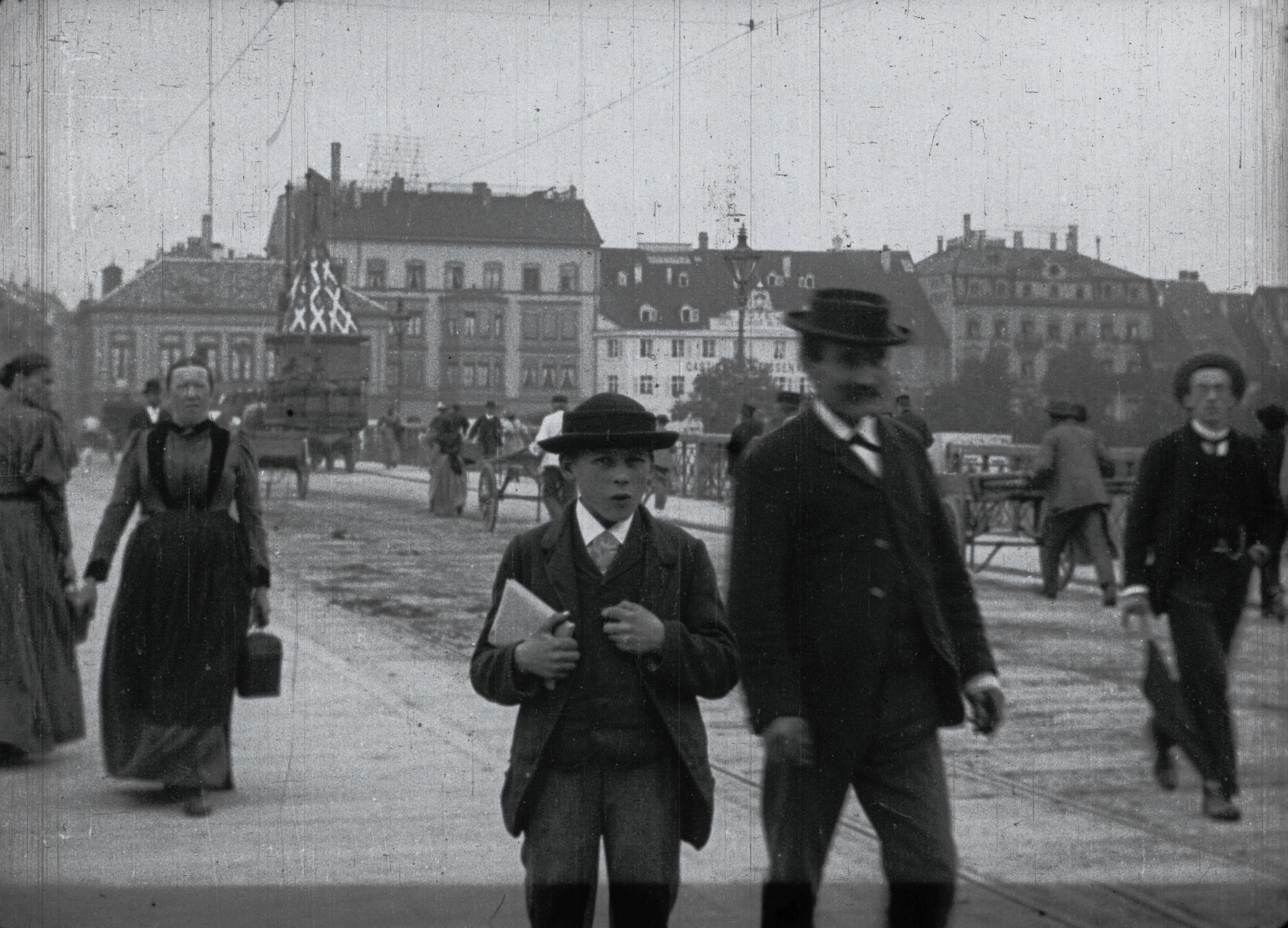
At first sight it looks like a spontaneous scene from bustling Basel at the turn of the century: passers-by going about their daily business. The barely 50-second film is in fact meticulously choreographed and features the city’s movers and shakers, plus many friends and relatives. But why? swissinfo.ch looks at the surprising story behind a piece of cinematic history.
In a letter to his mother on September 28, 1896, young French cameraman Constant Girel complained about the poor weather that barely provided enough light for the film he would eventually shoot later in the day on the 13-century Rhine Bridge (rebuilt in 1903-05).
Here is a colourised version of the original film, which can be found, along with many others shot in Switzerland, at the “50 Seconds of BaselExternal link” project.
Despite the weather, Girel’s cinematograph had more or less captured what his employer wanted. What catches your eye as you watch the result? The slightly lost-looking paperboy at the beginning? The curious and unsure reactions? The mysterious moustachioed smoker who barely moves? The clothes? Possibly one of the world’s first product placements (for the Basel Löwenbräu brewery)?
You might even have noticed Girel’s employer, in charge of the whole shoot. Watch again and try to spot him. Yes, he’s the man in the carriage, gesticulating and ordering everyone else to move forwards. François-Henri Lavanchy-Clarke was the first character – of the 70 or so on the bridge – to be identified by a multidisciplinary team of academics working on the project.
“Lavanchy-Clarke was the guy who really was behind it,” explains project leader Hansmartin Siegrist from the University of Basel’s Media Seminar and the FHNW Academy of Art and Design.
“But he was so busy organising people that he made a sort of Where’s Wally? that was way too ambitious and there are therefore plenty of little mishaps. And the interesting thing is that because of these mishaps people think the filming is casual.”
Detective work
Siegrist first came across the original black-and-white film in December 1995 as part of the so-called Centenary of Cinema – it was exactly 100 years after French pioneers Auguste and Louis Lumière first showed a film to a paying audience.
“A colleague of mine, [film historian] Roland Cosandey, who had uncovered all these films, said we should do something. So we decided to project the film on the bridge,” he says.
“We had a few students and colleagues giving out information, and one evening an old gentleman came and said, ‘Oh, I’m sure this is my grandfather as a boy’. And they didn’t ask for his details! I couldn’t believe it!” he laughs.
“This is a common phenomenon when you have to identify historic people. It usually takes about 50% of the time to identify the first person and then another 30% for the second one. And then as soon as you have a few shreds of the network, it goes faster and faster.”
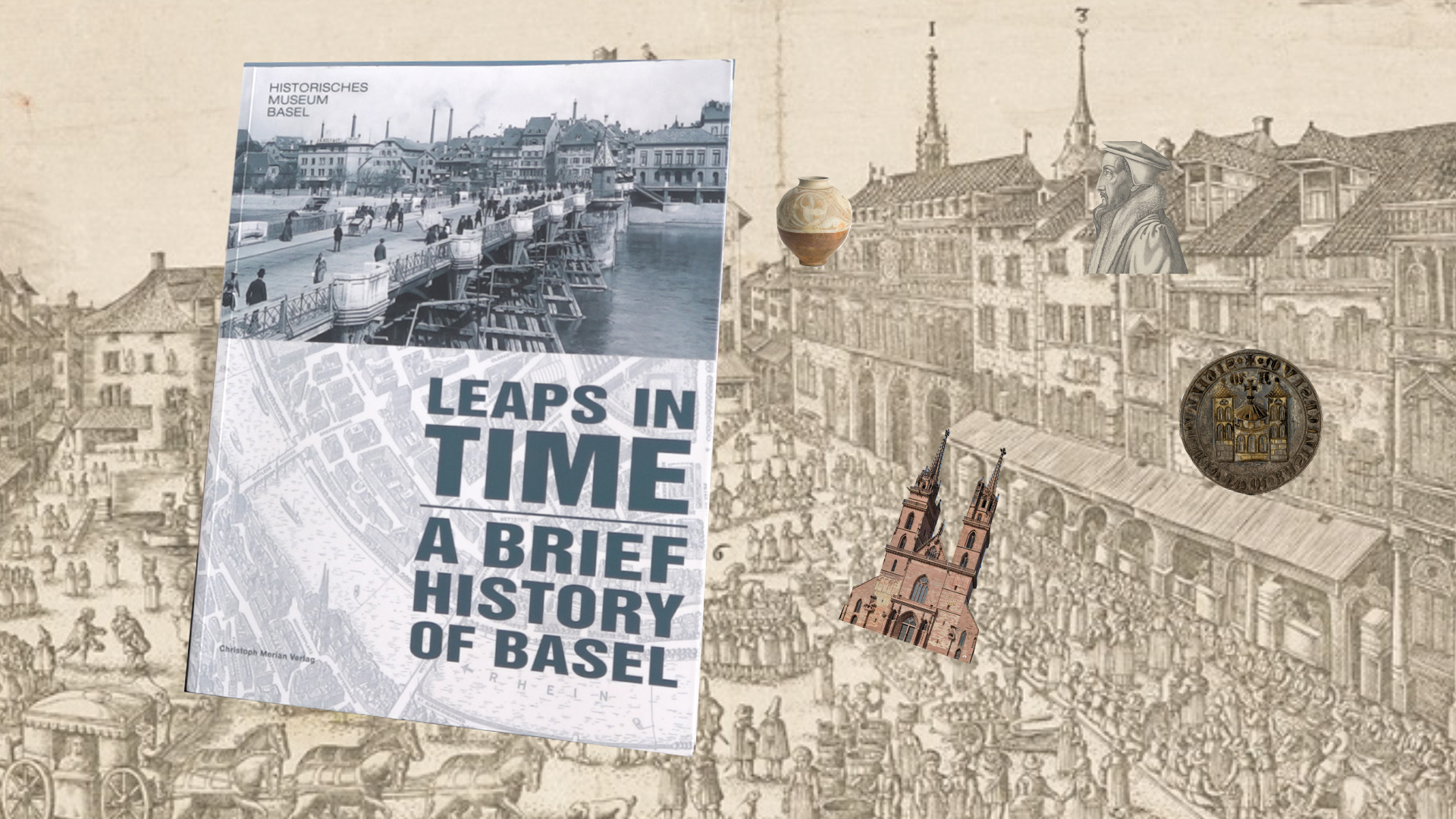
More
Time travelling in Basel
Siegrist says he spent the next 20 or so years “bothered that we had lost the direct connection” to the film, officially called Lumière 308 – Bâle: Pont sur le Rhin, which he discussed as part of his film lectures “because media students initially don’t take a big interest in the very beginnings of the medium”.
Then five years ago he thought that he should do “something little” at the end of his academic career and that the links “between Basel local history and universal film history” could be interesting.
“We knew that interpreting this relatively innocent film would depend on the identification of these people,” he says.
Sunlight soap
The results, after five years of painstaking detective work, are published in Siegrist’s book, Auf der Brücke zur ModerneExternal link (On the Bridge to Modernity), which identifies about 60 characters in the film, giving names and other personal details when possible.
Lavanchy-Clarke, the first name to go on the list, was an advertising pioneer. His fortune was the result of being not only the licence holder in Switzerland for the Lumière cinematograph – the most elegant and technically most advanced camera on the market at the time – but also the Swiss representative for British company Lever Brothers (later Unilever), which manufactured Sunlight soap.
François-Henri LavanchyExternal link was born in Morges, overlooking Lake Geneva, in 1848. In 1879 he married a Miss Clarke from England.
During the German-French war of 1870-71 he worked as a nurse for the Swiss Red Cross.
After a stay in Egypt, he focused on the concerns of the visually impaired around the world, opening a vocational school in Paris in 1881 and a workshop for the visually impaired in Lausanne in 1892.
From 1889-1898 he was the representative for the British soap manufacturer Lever Brothers in Lausanne, and then the first director of soap factory Helvetia in Olten.
As licence holder for Lumière, he put on the first screenings of a cinematograph in Switzerland at the 1896 national expo in Geneva.
He died in Cannes, France, in 1922.
“He grabbed any chance to advertise this soap,” Siegrist says. For example, when the King of Siam (now Thailand) visited Switzerland, Lavanchy-Clarke was there with a little Sunlight hoarding in the background. When he was filming a popular military parade in Lausanne, he pushed his cart right between the camera and the military display.
“Without such advertising, Sunlight would never have had a chance to get a foot in Switzerland because there were protective duties,” he explains. Swiss custom duty was heavier on individually wrapped pieces of soap (an English innovation) than on soap imported in bulk.
While there is no advertising for Sunlight on the Basel bridge, Lavanchy-Clarke’s ultimate aim was still to advertise soap by showing this film – and similar ones shot around Switzerland, for example in Zermatt and at the Rhine Falls – at the 1896 Expo in Geneva.
These national exhibitions are held every 25 years or so – the next one is pencilled in for 2027 – and, unfortunately for Sunlight, were limited to Swiss products. However, that wasn’t going to stop Lavanchy-Clarke, whose plan was to get people to travel to Geneva, where he had a huge pavilion near the Expo in which he would show these films, make more of them – and, of course, sell Sunlight.
“People wanted to see themselves on film, moving. That was a sensation – albeit an ephemeral one,” Siegrist says.
King of Kleinbasel
However, while Lavanchy-Clarke produced and directed the film, the man who decided who appeared in it was most probably Achilles Lotz, a sixth-generation silk dyer and local character who considered himself the King of Kleinbasel. This was the early industrial district that was looked down on by the local moneyed aristocracy and patricians across the river in Grossbasel.
Indeed, this helps explain why the camera is positioned where it is, pointing towards Kleinbasel. “Lotz would never have had himself filmed with Grossbasel behind him!” Siegrist says.
“Lotz must have been the organiser because 95% of the network is based around him. He’s the sort of spider in the middle. And I’m sure this was fantastic for Lavanchy-Clarke because he didn’t have to bother organising the whole thing.”
The problem was that the researchers couldn’t find any images that definitively identified Lotz. “So we got into a whole network of speculation – we could surround him by his nephews and all that, but we still didn’t have proof. The big moment was when I was contacted by Lotz’s great-grandson, who said, ‘Hey, I’ve got plenty of photographs!’ That was a triumph. This descendant came with his fantastic bonanza.”
Names to faces
The team then slowly managed to put names to many of the faces on the bridge. Lotz himself can be seen pretty much throughout the film, standing in front of the Käppelijoch (a small bridge chapel), with a moustache and holding a cigar in his left hand. His wife Pauline is walking away from the camera at the beginning of the film, holding an umbrella and wearing what could be mourning clothes; dapper son Friedrich walks in front of Lotz at around 15 seconds, both hands in his waistcoat pockets; and limelight-loving son Rudolf ends up centre frame at the end (what does his father say to him as he walks past?).
Other notable figures in addition to various Lotz cousins, nephews and in-laws include Hans Huber, Switzerland’s best-known composer at the time, who can briefly be seen at the very beginning on the right of the shot with a moustache, large white collar and medallion.
Then there is Jesuit pastor and film pioneer Abbé Joye, the tall man with a bowler hat and umbrella who crosses from right to left at about ten seconds. Known throughout Basel, he was probably the first person ever to use cinematography for Sunday school and adult education. Joye crosses the picture twice, and probably thinks he is outside the frame when standing on the left. Cameraman Girel couldn’t fix this as his cinematograph didn’t have a viewfinder.
Another factor that Siegrist says proves the film was staged are the clothes. The exceptionally high number of “Kleinbasler” flat hats and the aprons worn by women were “better dress than for a normal working day. But it’s definitely not their Sunday best either, with the exception of the boys”.
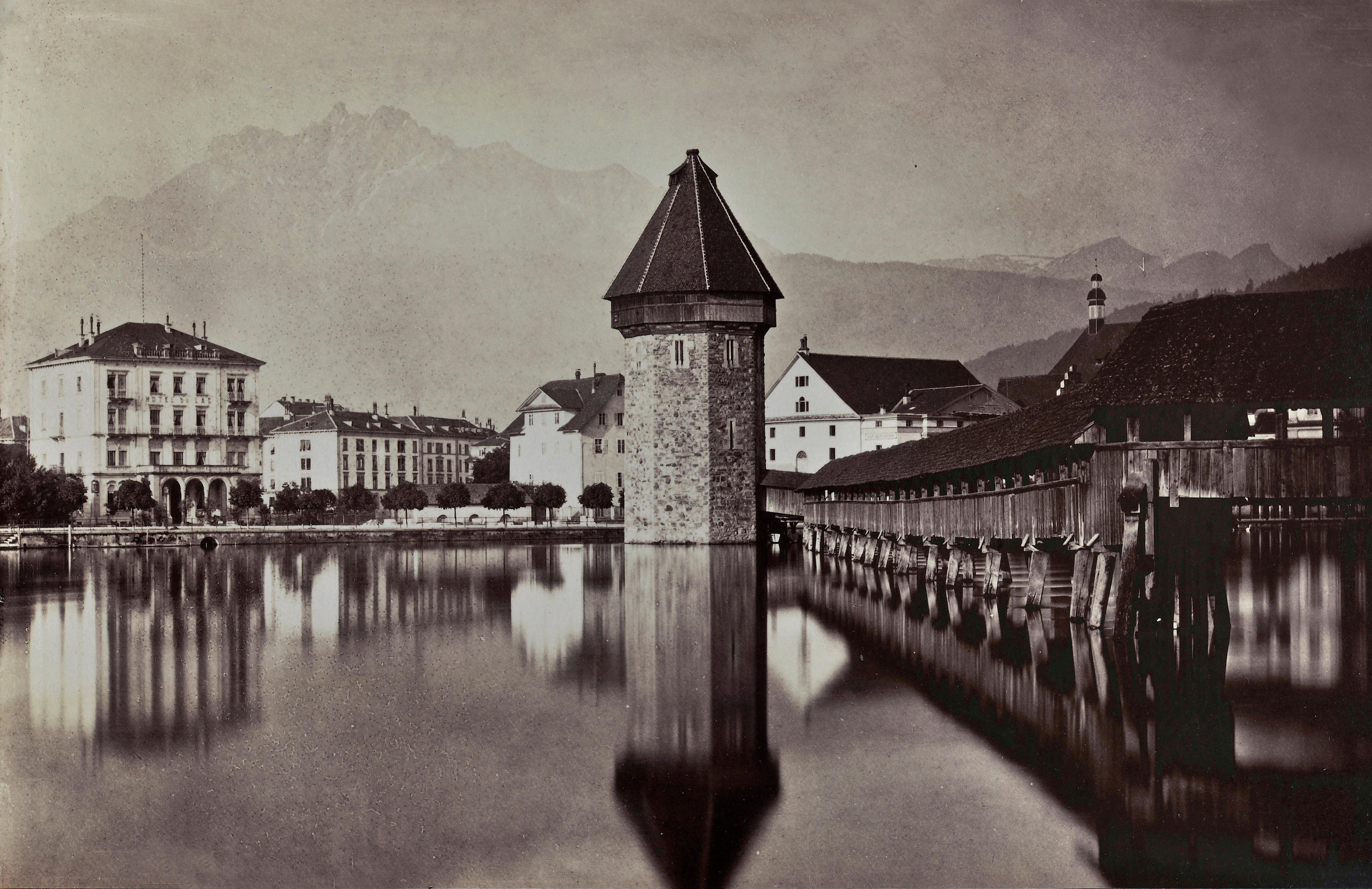
More
The breathtaking photos that showed Switzerland to the world
Colourisation
One of the most eye-catching aspects of the Basel film shown above is the colourisation and adjustment for speed: the figures walk naturally and not in the jerky manner of most old films – the so-called “Chaplin Effect”.
Siegrist had nothing to do with the colourisation – it was done earlier this year by a former art student, Nihad Nasupovic, using computer software – but he is more open to the increasingly popular technology than some historians of cinema.
“This is a very interesting topic. My more orthodox colleagues say, ‘Oh, this is the work of the devil’! And they are perfectly right if such ventures claim to produce a ‘restoration’ – which it isn’t. One should never forget that the original is a series of analog photograms on film and that the computer digitally enhances resolution, gradation and the quality of movement by interpolation, i.e., by adding elements that are not registered photographically,” he says.
“But, still, it isn’t the work of the devil! If it helps the film reach a broader audience, it’s fine as long as you don’t say it’s a restoration,” he says, pointing to Peter Jackson’s extraordinary First World War documentary They Shall Not Grow Old, which also added sound effects and used lip readers to recreate what soldiers were saying, using actors to voice them.
“Just within the past five years the interest in early cinematography has grown dramatically,” Siegrist notes, happy about his good timing. “If it helps create extra interest, it’s a good thing, isn’t it?”

In compliance with the JTI standards
More: SWI swissinfo.ch certified by the Journalism Trust Initiative

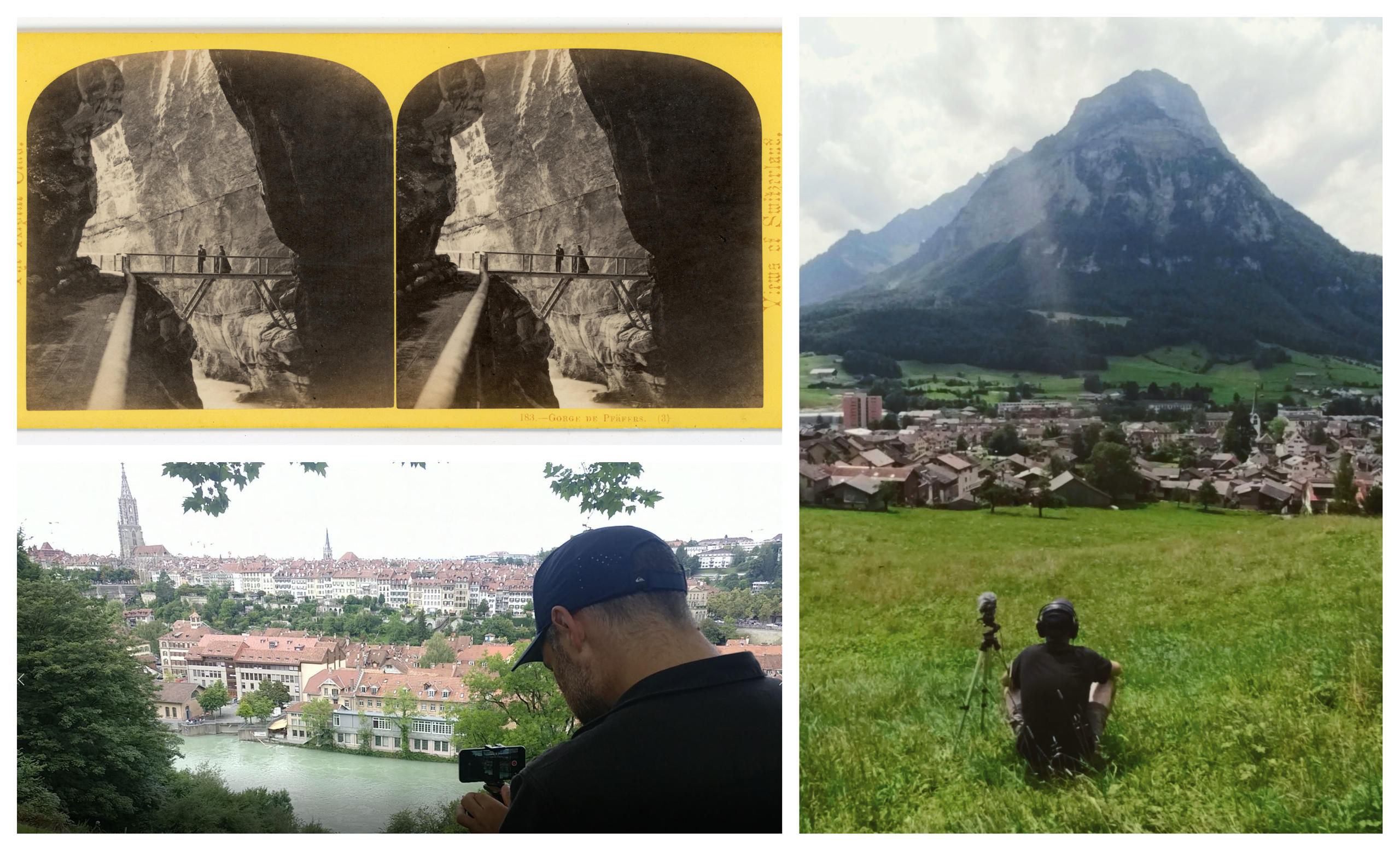
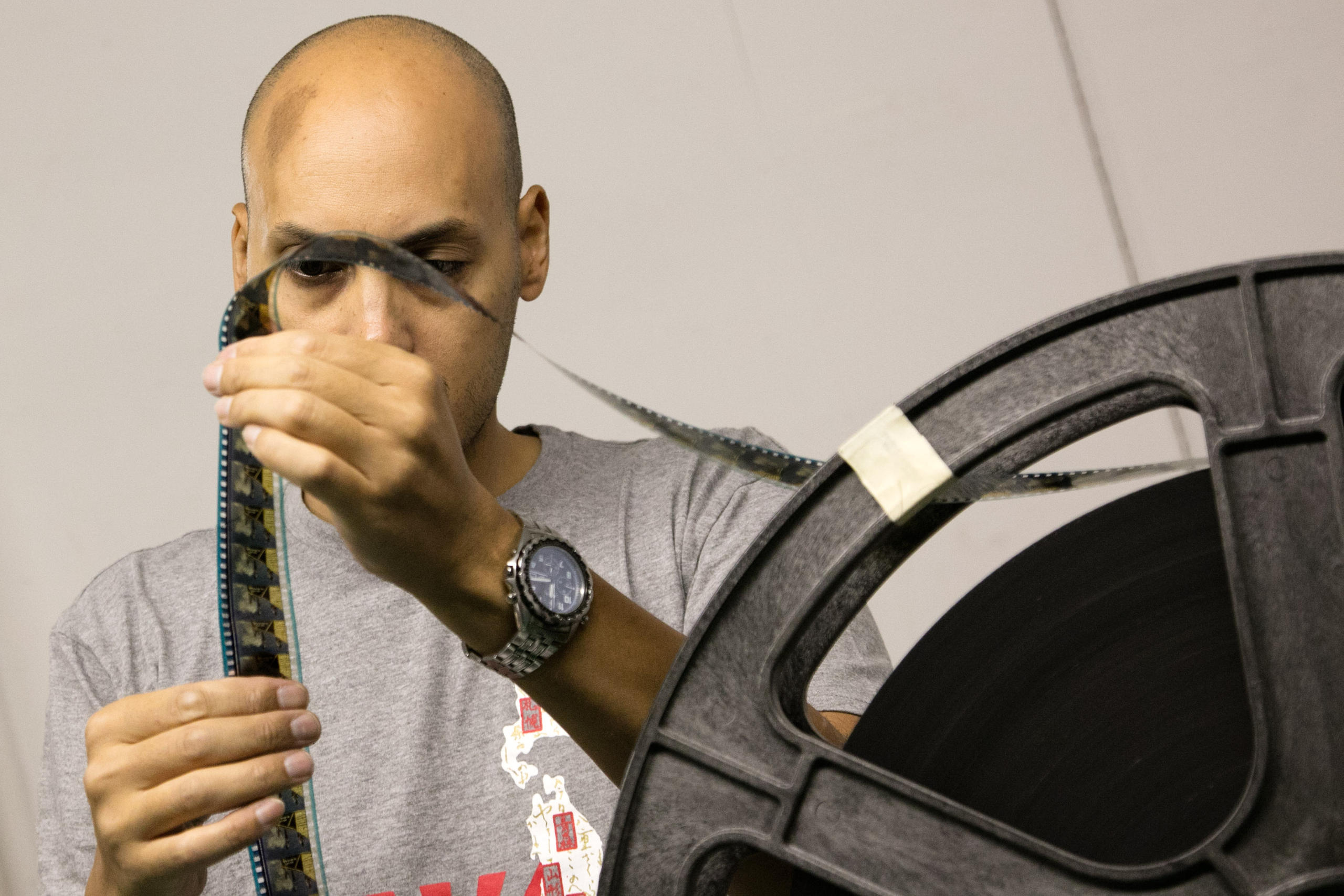
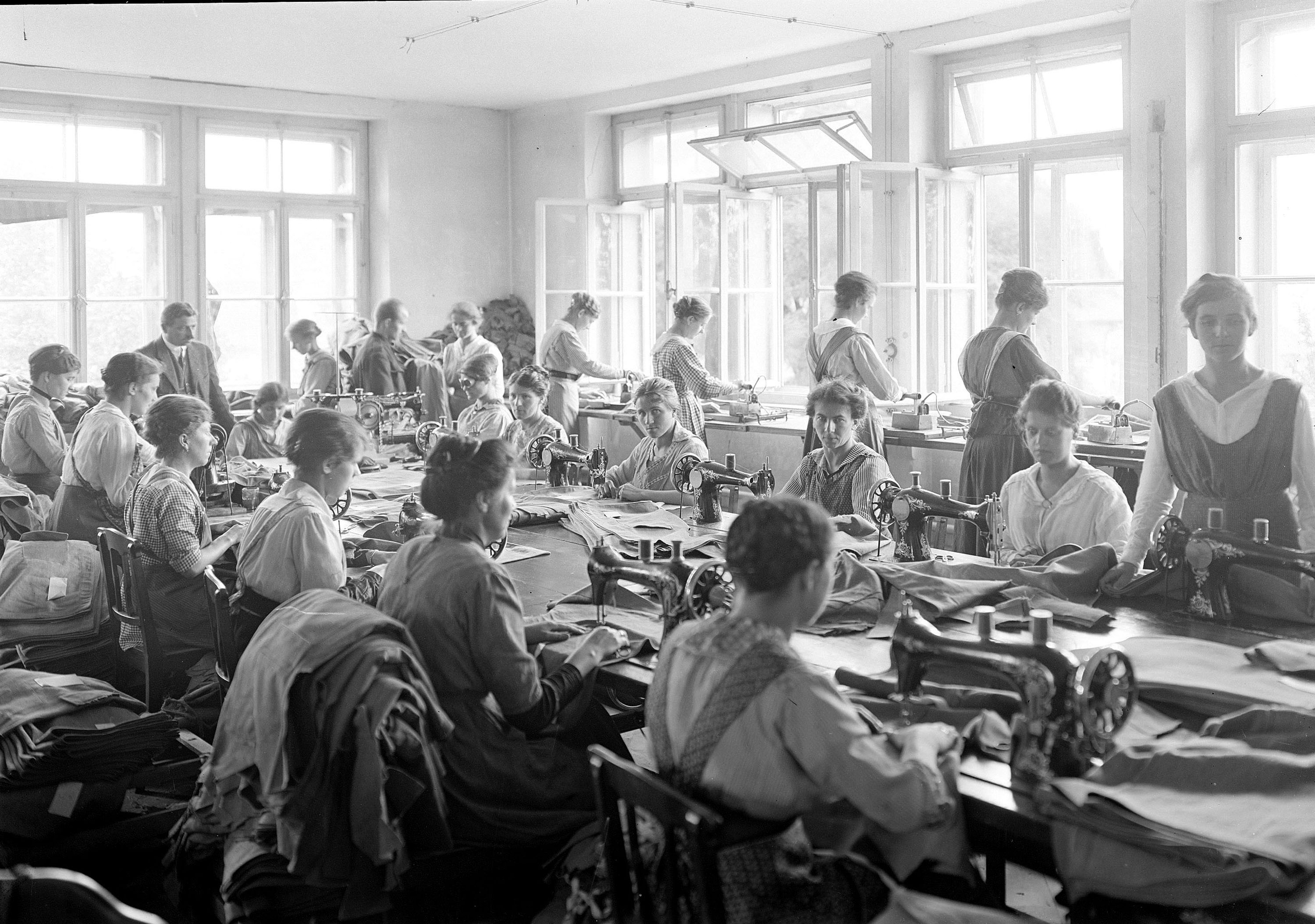
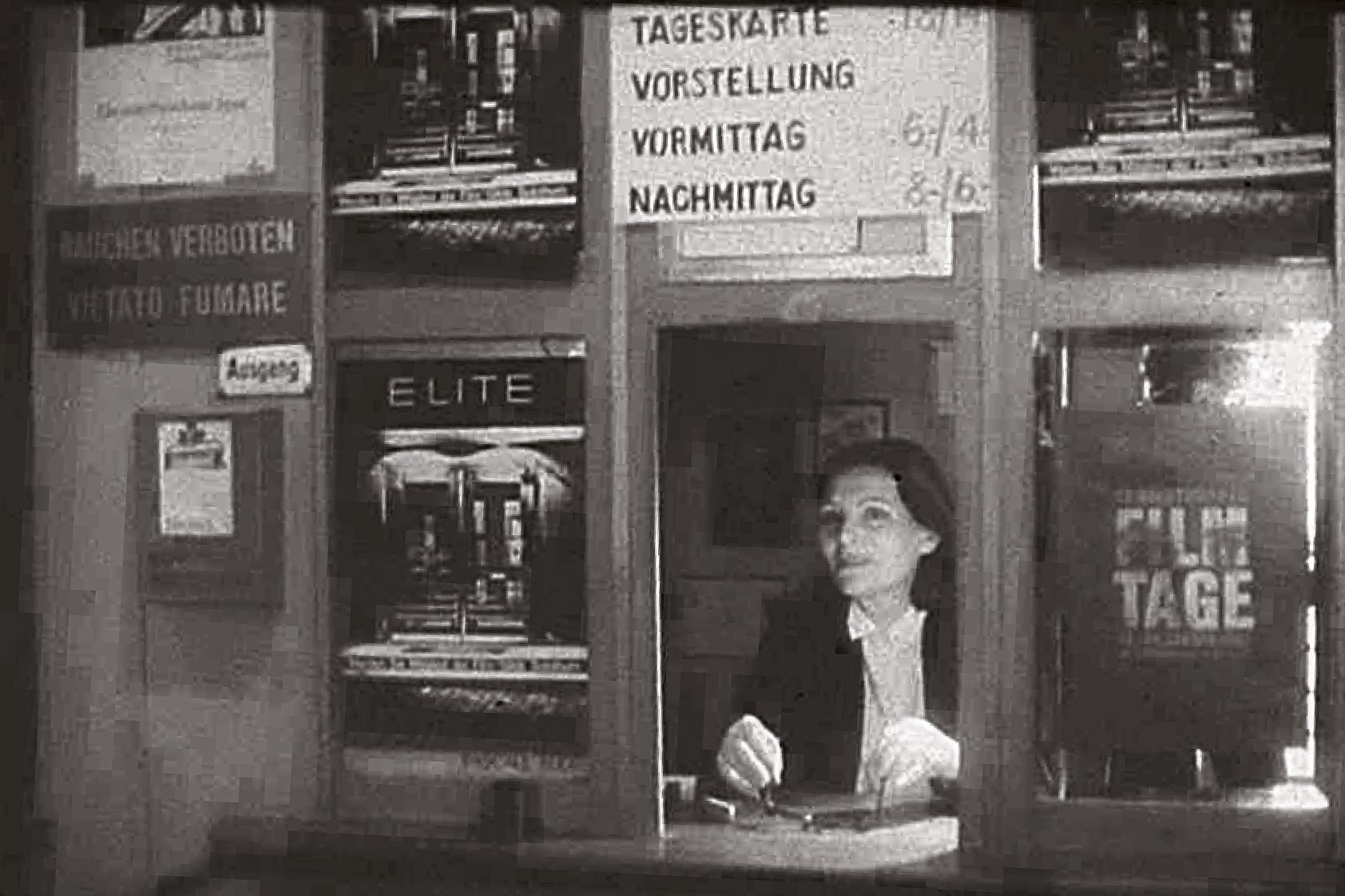
Join the conversation!